Articles Common Shoulder Injuries
We have compiled a list of common shoulder injuries. It is important to accurately diagnose and identify the cause of these injuries as this will direct treatment to ensure the best outcomes.
Common Shoulder Injuries- Bursitis
A bursa is a fluid filled sac found in areas of the body where a tendon or muscle rubs over a bone. The function of a bursa is to decrease the amount of friction, if the bursa becomes inflamed it can swell causing compression and pain in the surrounding anatomical structures.
In the shoulder the subacromial bursa is the most commonly injured. A quick test is to slowly raise your arm above your head, if you get a marked increase in pain around shoulder height this can be indicative of a subacromial bursitis.
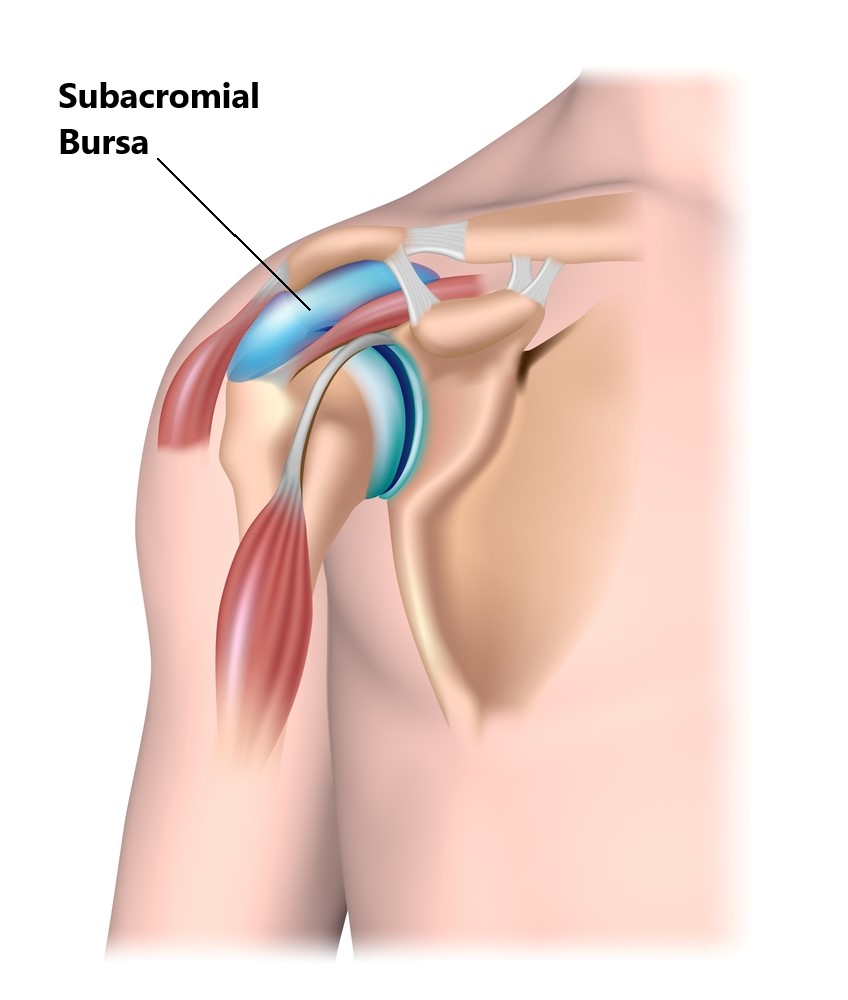
Common Shoulder Injuries- Rotator Cuff Tendonitis
The shoulder has 5 main tendons which help maintain joint stability. Often, overuse (especially in overhead and outstretches positions) can result in inflammation of these tendons. In the shoulder the supraspinatus, subscapularis and long head of biceps tendons are the most commonly injured. A quick test is to slowly raise your arm above your head, if you get pain throughout the movement this can be indicative of tendinitis.
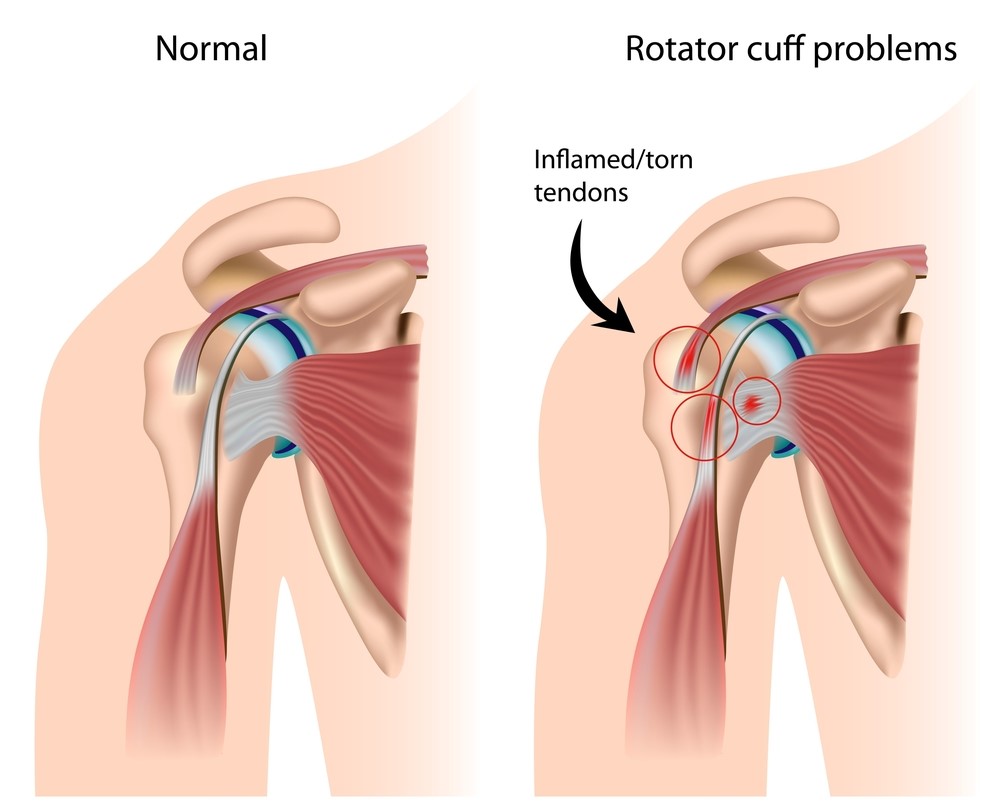
Common Shoulder Injuries- Rotator Cuff Tendon Tears
Shoulder tendon tears are a normal part of the ageing process and often observed in people with no symptoms. Only a small proportion of people who have been diagnosed with a tendon tear will actually require surgery. However, the likelihood of surgery is increased if the tear occurred as the result of sudden trauma such as a fall. The supraspinatus, subscapularis and longhead of biceps tendons are the most commonly torn shoulder tendons.
A quick test is to slowly raise your arm above your head, if you are unable or have difficulty lifting the weight of your arm this can be indicative of a tendon tear.
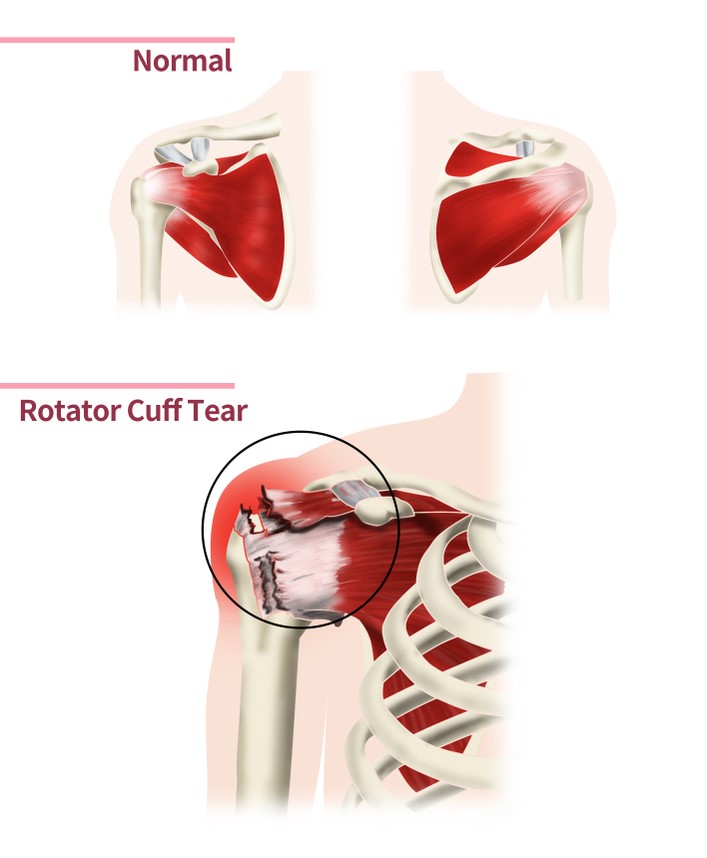
Common Shoulder Injuries- Acromioclavicular (AC) Joint Injuries
The AC joint connects the collar bone to the shoulder blade. In younger populations we commonly see this injury following an incident where there was direct impact to the top of the shoulder (i.e. shoulder charge). This mechanism of injury can result in a separation of the AC joint leading to a visible “step deformity”.
Like all joints in the human body the AC joint is also prone to cartilage damage and osteoarthritis. A quick test is to raise your arm to shoulder height then move your arm across your chest, a marked increase in pain in the top of the shoulder can be indicative of an AC joint injury.
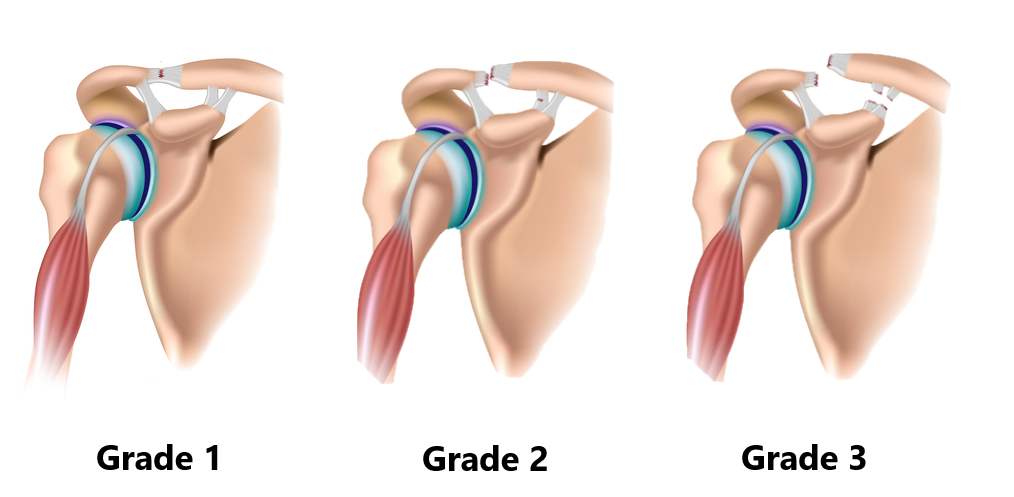
Frozen Shoulder (Adhesive Capsulitis)
This is most commonly seen in people >50 years of age. It is characterised by a gradual increase in pain and marked decrease in movement. Adhesive capsulitis can arise after a period of prolonged immobilisation (i.e. wearing a sling), following trauma/surgery or can randomly occur out of the blue. You will notice a global restriction in movement in all directions. Even when trying to passively lift the affected arm with your good hand you will reach a physical block.
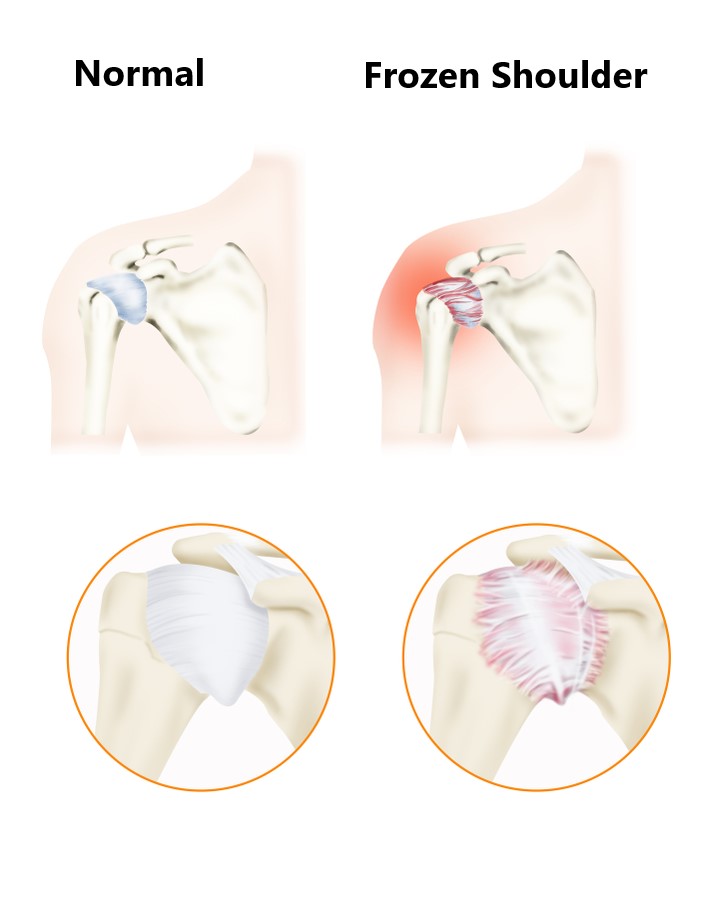
Shoulder Dislocations and Subluxations (Partial Dislocations)
The shoulder is the most mobile joint in the human body, unfortunately this also makes it very prone dislocations. The shoulder joint is a shallow ball and socket much like a golf ball sitting on a tee. It relies heavily on the surrounding muscles and ligaments to maintain stability.
Shoulder dislocations and subluxations typically occur following a fall where an individual lands with their arm in an over head position. These injuries can also occur as a result of overuse, this is normally seen in athletes who engage in repetitive throwing sports (i.e. baseball).
Symptoms of a dislocation can include joint deformity, pins and needles, sensations changes and extreme pain. Partial dislocations can give rise to symptoms of instability, weakness, heaviness and a dragging sensation of the arm. Damage to the surrounding structures including the nerves, blood vessels, bone and labrum (see below) are often associated with dislocations. It is important to be assessed by a health professional even after the shoulder has “popped” back in.
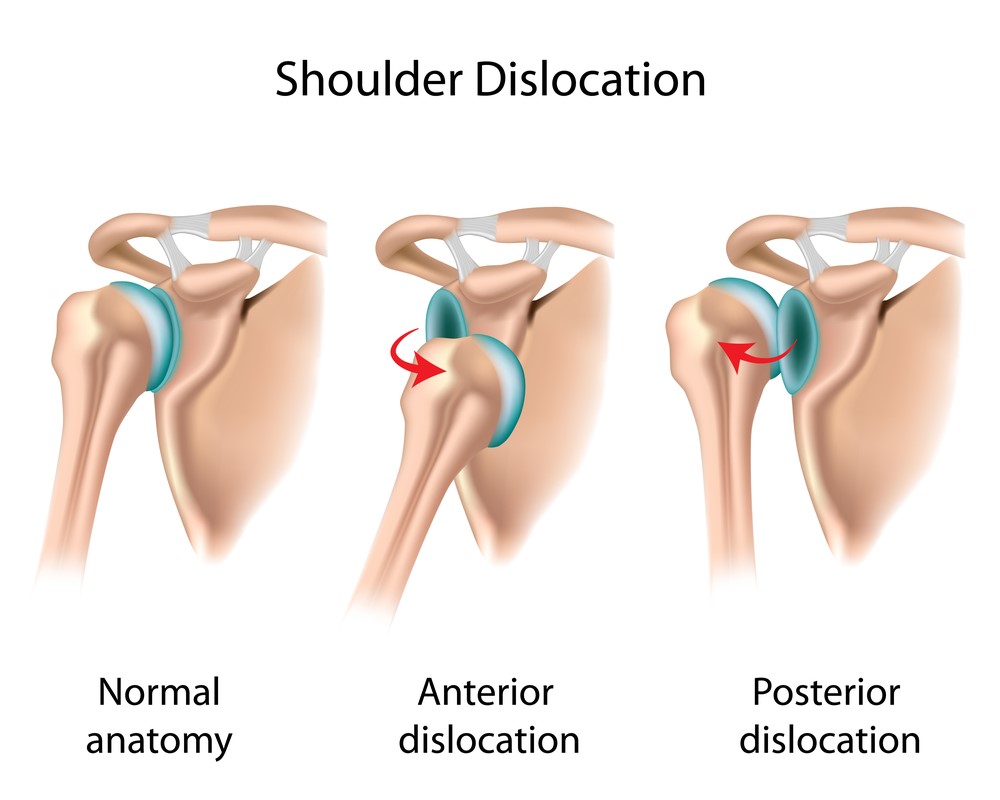
Common Shoulder Injuries- Labral Tears
As stated above the shoulder joint is like a golf ball sitting on a tee. The labrum is a ring of cartilage that sits around the rim of the golf tee to give it more depth and helps to stabilise the shoulder joint. Injuries to the labrum can occur as a result of truama (i.e. dislocations/subluxations) or from over use. Symptoms can include instability, weakness, heaviness and a dragging sensation of the arm.
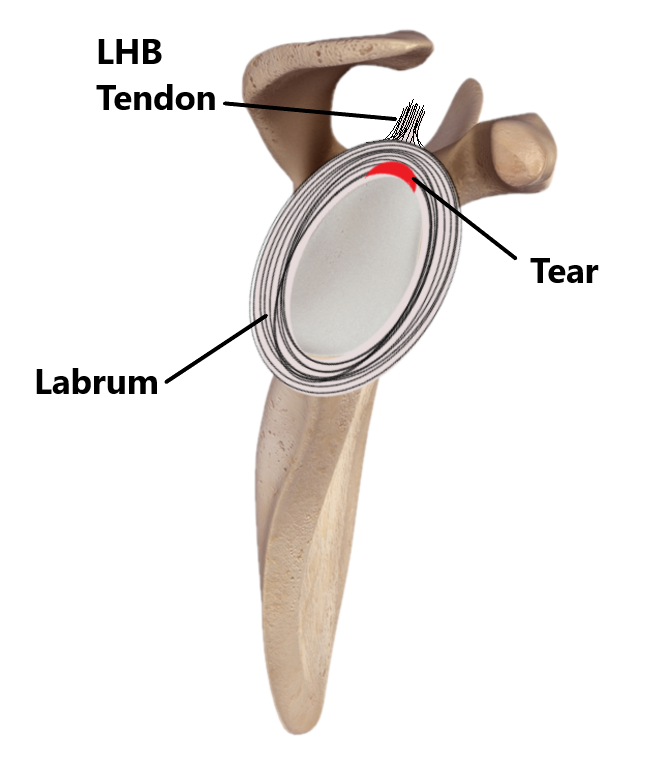
Please keep in mind the information provided is general in nature and should not be used as a substitute to consult your treating health professional. If you have any specific questions or require assistance with your individual treatment requirements please do not hesitate to contact MyFamily Physio Mona Vale, Northern Beaches Sydney.
Related Articles